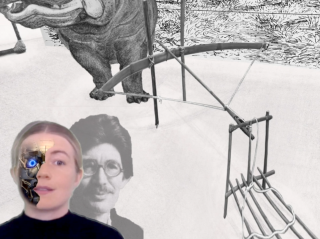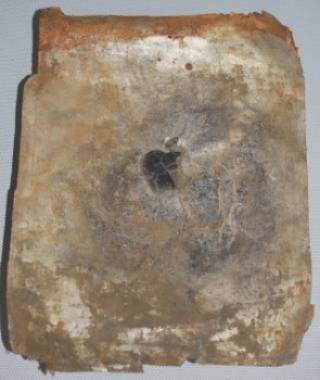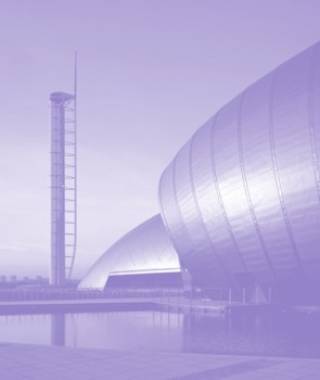These exhibitions and competitions show the value of an interdisciplinary approach that engages with the Anthropocene from multi-layered perspectives.

Hermione Spriggs, Practice-based PhD research, UCL Anthropology/Slade School of Fine Art, 2018–ongoing
As famously noted by the anthropologist Alfred Gell, works of art and animal traps operate upon the attentional bias of their viewer/prey in conceptually analogous ways. My project begins with this analogy, detailed by Gell in his essay “Vogel’s Net: Traps as Artworks and Artworks as Traps” (1996), and progresses through an ethnography of pest control trapping in and around the North York Moors. Responding to calls across the arts and sciences to mobilize thought beyond anthropocentric frameworks, this project asks how hunters understand their relationship to animals through trapping, how this new knowledge can be used to inform works of art that attend more integrally to beyond-human worlds, and how the ‘conditions of display’ surrounding successful traps might be used to suggest where and how art is exhibited.

This exhibition formed part of UCL Slade Scientist in Residence 2019-2020 projects. It is an experimental lab between the Institute of Archeology (IoA) and the Slade School of Fine Art, utilising speculative fabulation as a means of future making/world building, in testing the use of speculative design methods in heritage practice.
This temporary exhibition aims to question the authority of museum exhibitions in truth production about past and future worlds by presenting a time travelling exhibition of objects from the future. It will provide a certain future perspective on our uncertain present. The archaeological and geological artefacts of the Misanthropocene will be fabricated (through a series of online Slade/IoA workshops May- October 2020) to reflect different predicted futures found in literature about the Anthropocene. These insouciantly fabricated exhibits will be presented as a selection of time travelling objects loaned from the Museum of Beyond in the University at the end of the longest pier in the world (this is one part of a larger speculative design project developed by Goldsmith’s at Rhyl, North Wales).
Competition: Reimagining Museums for Climate Action

This is an international design competition to speculatively rethink museums as a radical form of climate action. Winning entries will contribute to an exhibition to be held at Glasgow Science Centre ahead of and during COP 26, as part of the AHRC Heritage Priority Area project.
In the lead-up to COP26, the team invites concept and design proposals that radically reimagine the museum as an institution to help shape meaningful climate action. The aim is to explore how rethinking the design, purpose and experience of museums can help society make the deep, transformative changes needed to achieve a net-zero or zero-carbon world.
Eight competition winners will be awarded £2500 each to develop their ideas for an exhibition at Glasgow Science Centre ahead of and during COP26.
 Close
Close

